In this continuation of our Pollinator Week series, I want to share with you an important aspect of protecting pollinators. At The Grow Monster, we are committed to helping the suburban gardener and part of that commitment is making sure that you understand the importance of pollinators in the garden. Native pollinators are becoming endangered at an alarming rate and gardeners all across the globe can help ensure they have the proper environment to thrive and once again flourish.
We can promote native pollinators by learning which species are native to our area and then making sure we create a garden environment that is both welcoming and nurturing for them. Find out which plants they prefer, how they rest, and what materials they use to nest and then create those spaces for them. This article explores the ways a suburban gardener can do this no matter how much space you have.
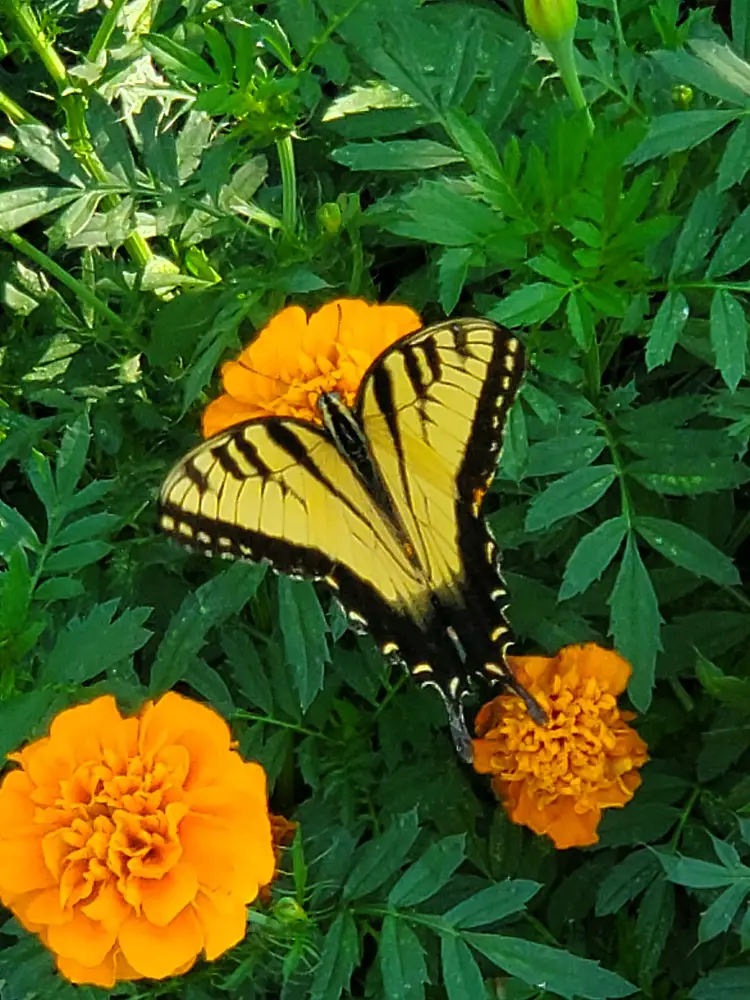
What are Native Pollinators?
Native pollinators are those animals that are usually found in a specific area. They are considered “native” to that area because they weren’t introduced there by someone/something else. An example of a native pollinator species is solitary bees. These bees (like the Mason Bee) were already in various areas of the United States and collect pollen to feed their offspring. An invasive species is the honeybee, which was introduced to North America in the early 1600s. While they may be effective at pollination, they end up destabilizing the ecosystems of the solitary bees (and other bees) which endangers their populations. Studies have shown that the non-native pollinators can also contribute to issues with native plant seed production. is important to note, however, that a species that might be native to one area or region in the US might be considered invasive in another (this is true for plants and animals).
Over time, invasive species have taken over habitats of native species and that has threatened the native pollinators. These bees, birds, bats, lizards, frogs, butterflies, etc are at risk of extinction (many are considered endangered species level right now) which would be a detriment to our own ecosystem. We rely on these native pollinators for crops that feed us, without them it would be difficult to sustain our fresh produce.
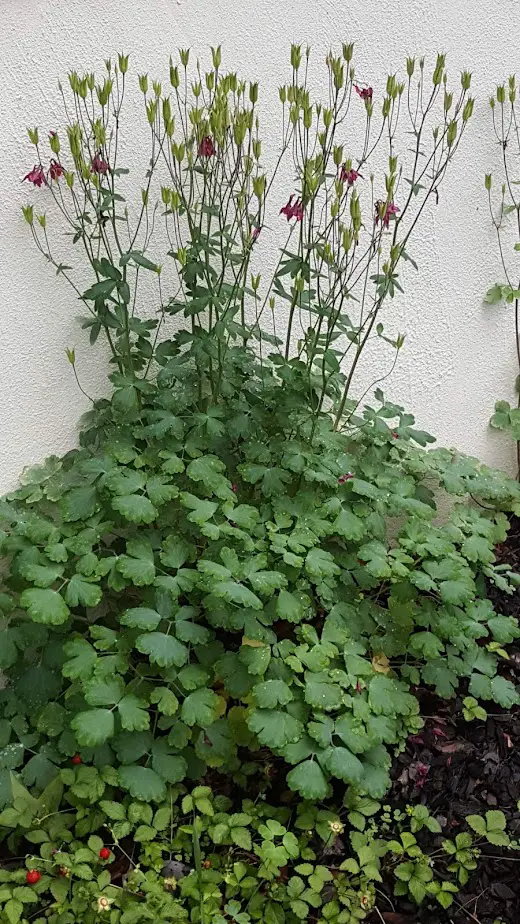
What are Native Plants?
Native plants are plants that were not introduced to an area but already found there naturally. There are local, regional, and national native plants- which is important to note when you are building a pollinator garden. If you would like to attract native pollinators to your garden, it is important to have the native plant species they rely on available to them. The relationship between native pollinators and native plants is important to sustain an area’s ecosystem.
Many people see a plant at the nursery and just purchase it without thinking of the impact on local wildlife or their own garden. It is important to research the plants you put in your garden to see what animals are attracted to them and why. For example, many people will buy a butterfly bush because they are pretty and attract many butterflies. This ornamental bush is native to China and considered an invasive species in many areas. Butterflies are very attracted to these bushes and you will see many feeding on them. The problem comes in when there are no species nearby that the butterflies can lay their eggs- thus reducing the overall butterfly population.
A study on Monarch butterfly migration found that as Monarchs feed they are also storing lipids to use as fuel during their migration and overwintering in Mexico. This lipid storage is affected by the available plants to feed on as they make their way down the Eastern United States towards Mexico. Studies show butterflies migrate in different stages and those that are in the later stages have less lipids- which means less sugar to produce energy for their migration. Increasing the number of native plants in your garden will mean more nectar for the migrating butterflies.
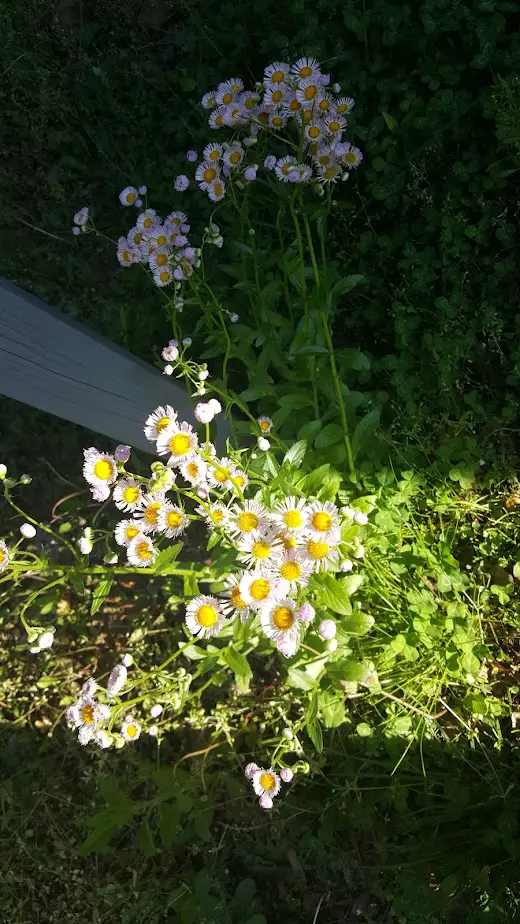
How Much Space Do I Need To Promote Native Pollinators?
You don’t need very much space to promote native pollinators in your garden. At The Grow Monster, we have various areas around our garden that are as small as a 4ft x 4ft raised garden bed. We also have some planter containers on our balcony that are only 15 in x 24 in. You really only need the space to grow a few plants, which isn’t very much. If you need help designing your pollinator garden, check out our post here.
You can start with just one planter and focus on one native pollinator. Find out what plants that pollinator needs and make sure to check if there are different plants for different stages- for example the Monarch butterfly caterpillars eat Milkweed while the adult Monarchs need other flowers as a source of nectar. Check out our post on pollinator-friendly plants to see which species prefer which plants.
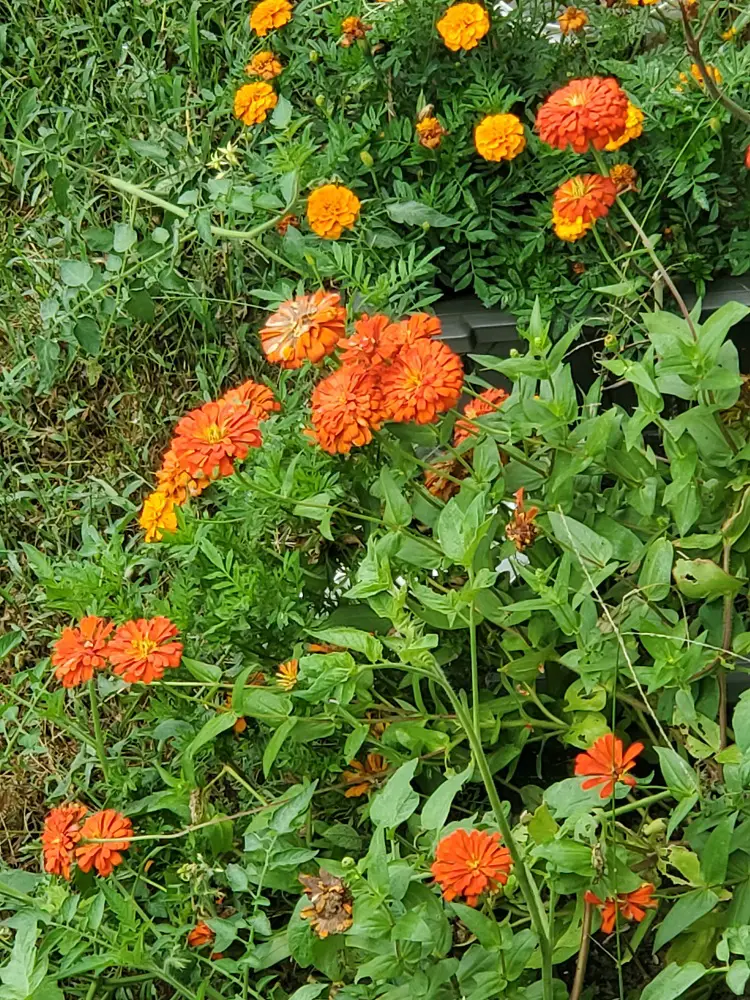
Why Should We Promote Native Pollinators?
As mentioned before, a decrease in native pollinators can be detrimental to local ecosystems. One study shows that invasive bees are not able to transfer as much pollen between flowers as native bees, which can impact seed production and propagation. With the introduction of non-native species, the native bees can be crowded out as competition for flowers increases (especially with a decrease in available plants in some areas). This competition can cause some bees to collect pollen from flowers that were already fertilized- further causing plant propagation issues.
Some native plant-animal relationships are such that invasive species cannot properly replicate what the native pollinator is able to do. For example, in Hawaii the Hawaiian Honeycreeper bird has a particular curve to its beak. There are plants where the bird’s beak fits perfectly in the cone-shaped flowers to pollinate them. This plant-pollinator mutualism is negatively affected because non-native pollinator are not as efficient.
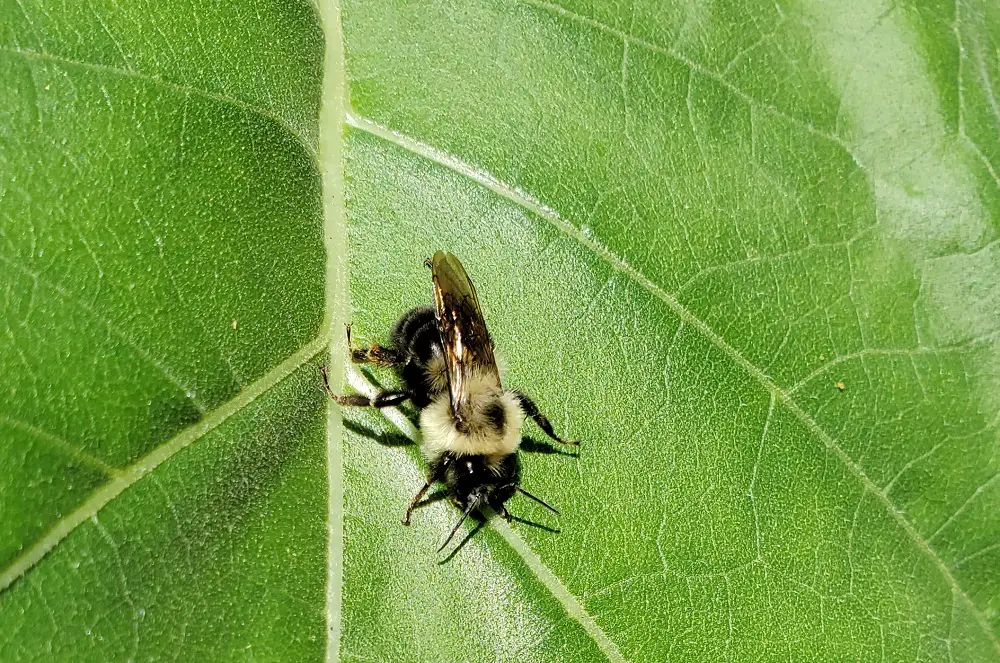
If your area has an invasive pollinator or plant, there are some things you can do to mitigate their presence. You can pull out all the plants or try to prevent them from going to seed. Alternatively, you can destroy any invasive animals as guided by your local extension office. This also includes dismantling and re-arranging the invasive species habitat to make it more hospitable to the native pollinators and plants you want to encourage.
Conclusion
It is important to promote both native pollinators and native plants because each has a role in the local area. Sometimes, invasive species will crowd out or completely limit these native populations. We want to encourage these animals and plants by focusing on what we are planting and growing in our gardens. Just taking the time to read a seed packet or look up a shrub or tree you are considering adding to the garden can help prevent damage to native pollinators.
I hope you are enjoying our Pollinator Week Series. If you are not familiar with Pollinator Week, start here. If you need help creating your pollinator garden, read this post. For a list of pollinator friendly plants, check out this post.
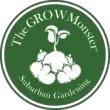
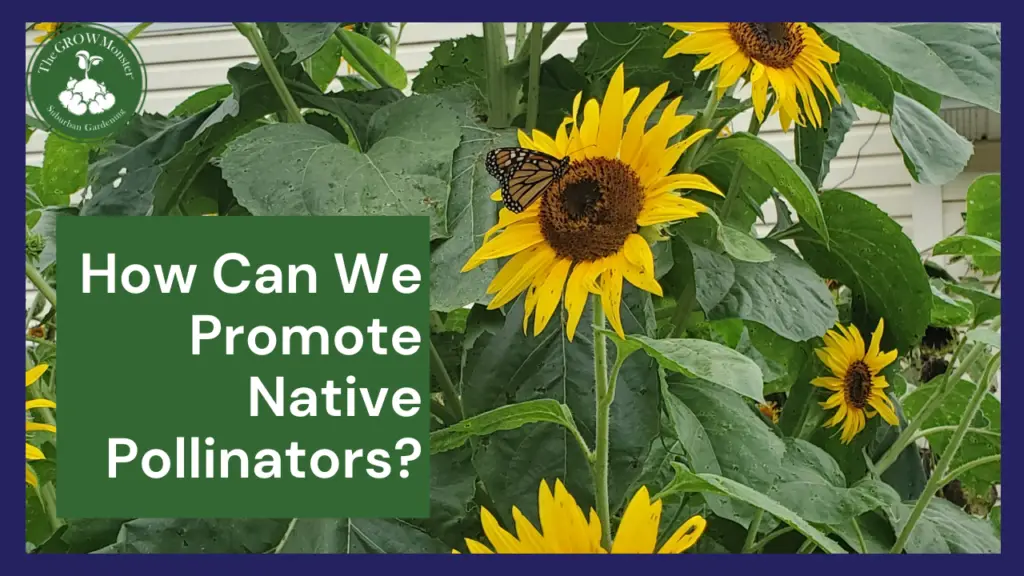
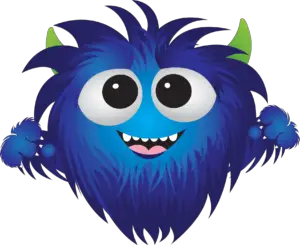
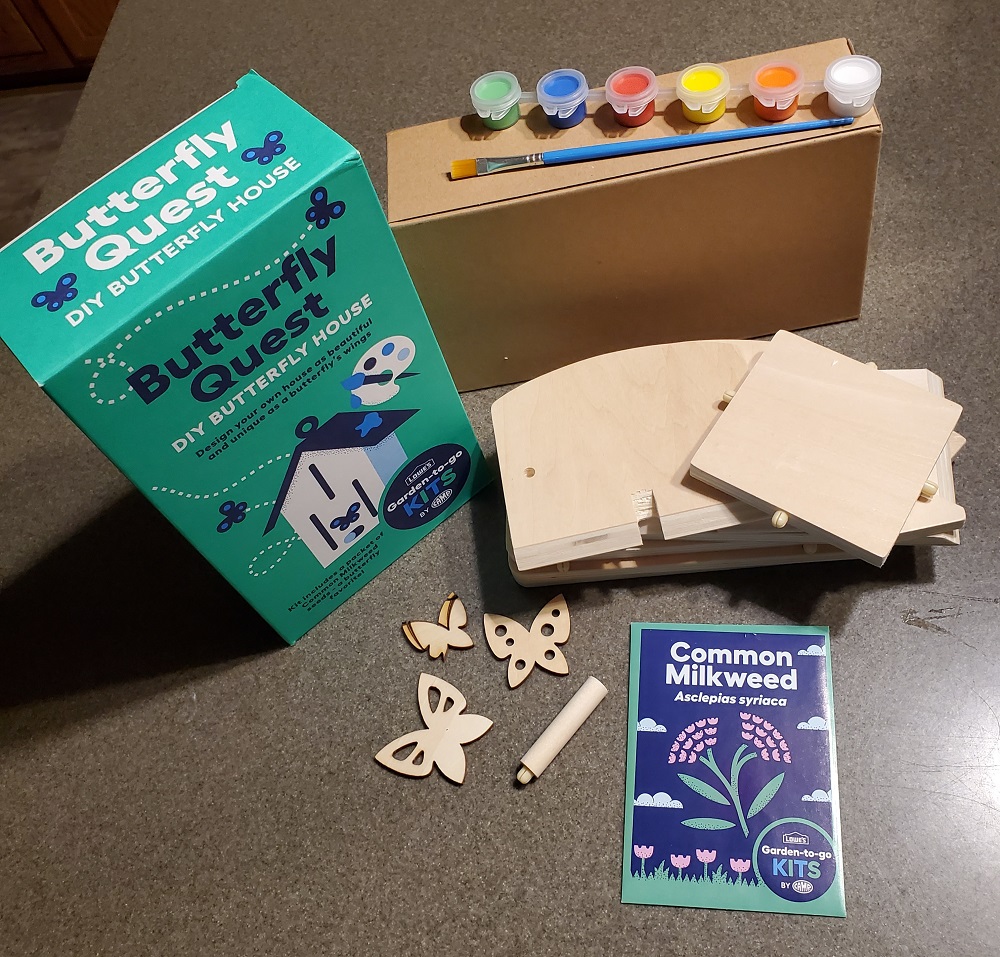
Pingback: Easily Attract Pollinators to the Vegetable Garden - The Grow Monster